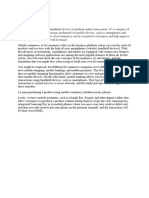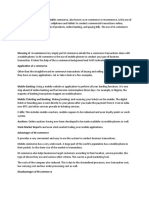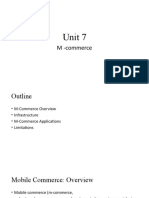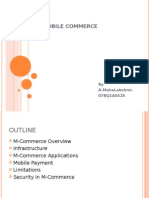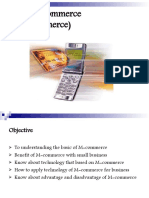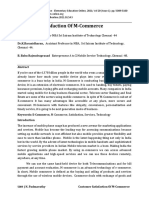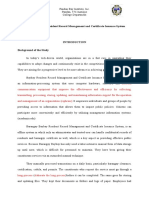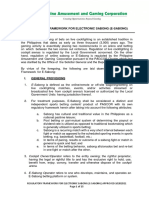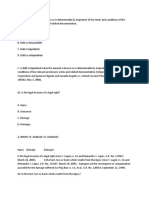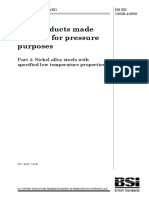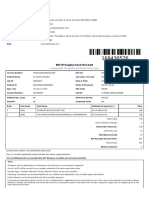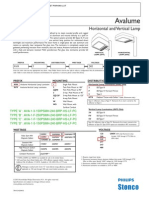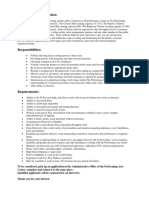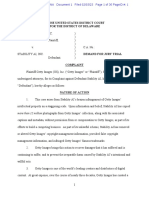0% found this document useful (0 votes)
18 views6 pagesM Commerce PDF
Notes on Mobile Commerce for E-Commerce subject
Uploaded by
rituCopyright
© © All Rights Reserved
We take content rights seriously. If you suspect this is your content, claim it here.
Available Formats
Download as PDF, TXT or read online on Scribd
0% found this document useful (0 votes)
18 views6 pagesM Commerce PDF
Notes on Mobile Commerce for E-Commerce subject
Uploaded by
rituCopyright
© © All Rights Reserved
We take content rights seriously. If you suspect this is your content, claim it here.
Available Formats
Download as PDF, TXT or read online on Scribd
/ 6


























